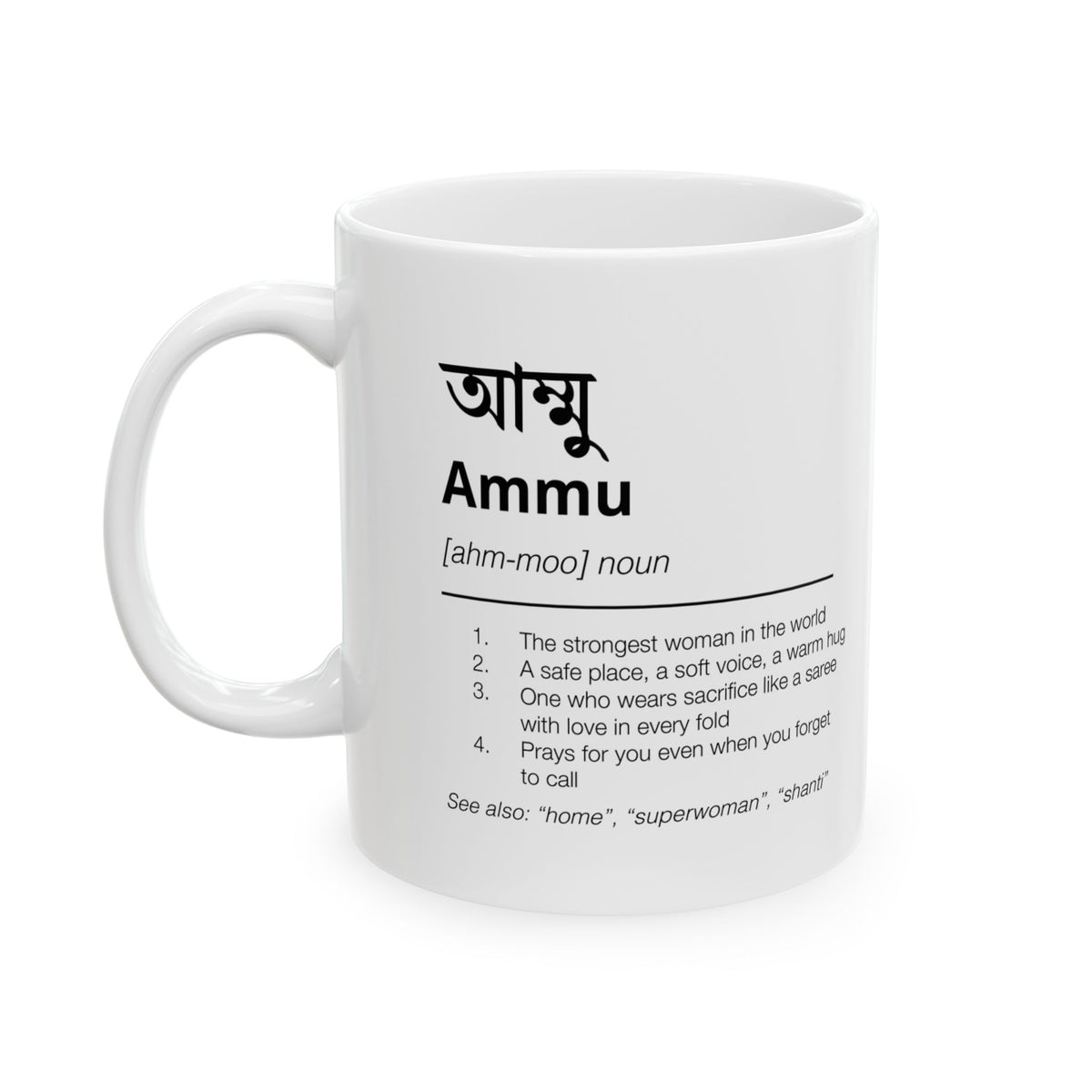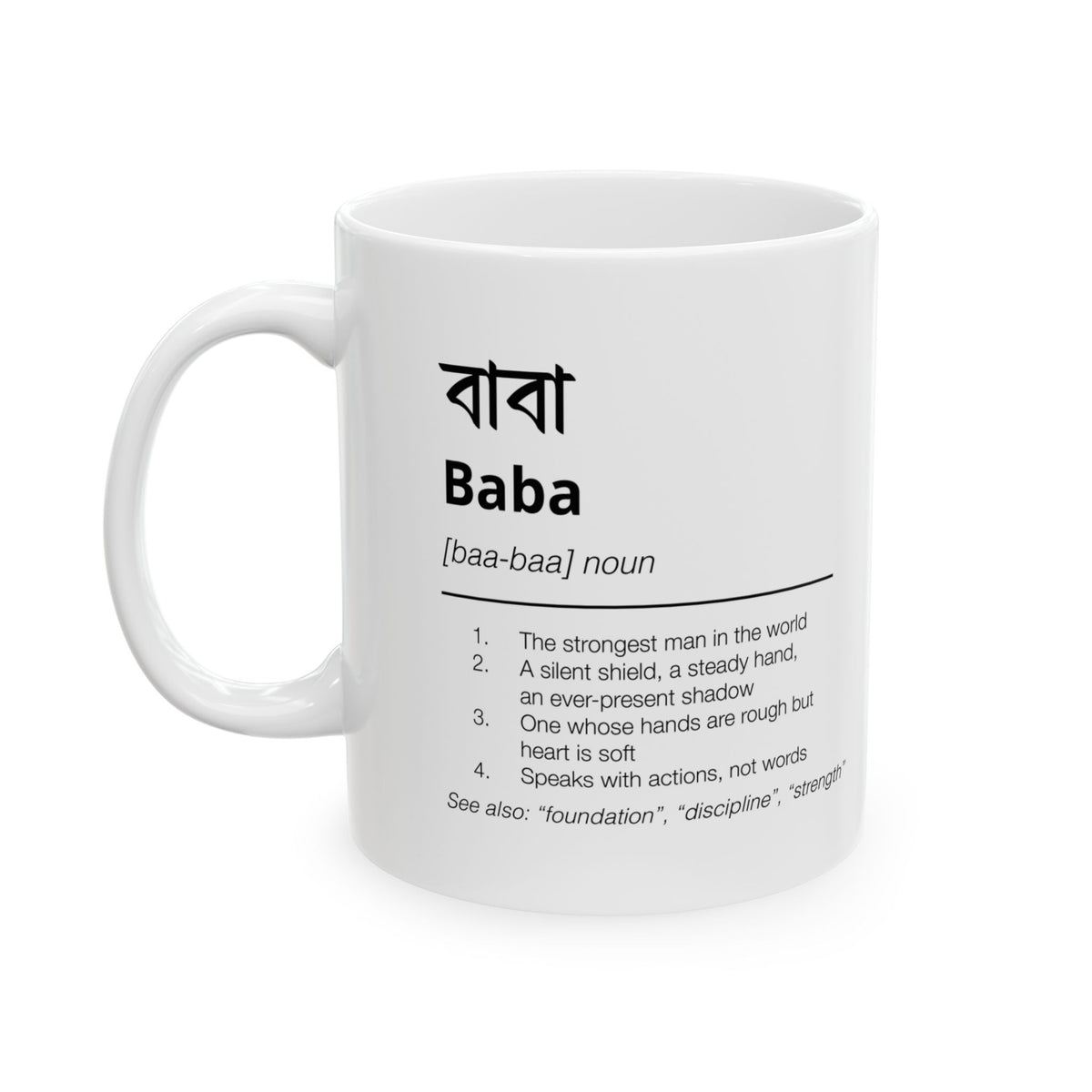by Myesha Owen Munro
Darjeeling Tea
‘Darjeeling tea’ refers to Camellia Sinensis (‘Sinensis’ translating to ‘from China’) grown in the West Bengal state of Darjeeling. The Tea Board of India defines Darjeeling tea as ‘cultivated, grown, produced, manufactured and processed in tea gardens ...of the District of Darjeeling’.[1] Darjeeling tea is known for being musky and somewhat spicy and sweet, and is referred to as the ‘Champagne of Teas’ due to its distinctive flavour and reputation.
Only loose-leaf teas (as opposed to those produced by the crush-tear-curl variety) from the region are referred to as Darjeeling tea. Due to the altitude and mountainous terrain, Darjeeling tea leaves must be hand-picked. Although ‘Darjeeling tea’ refers only to black tea, some estates also produce green, white and oolong teas.
Darjeeling tea’s official logo, created in 1983, is owned by the Tea Board of India, and shows the side profile of a woman holding a bud and two tea leaves. This logo is formally recognised on an international scale. In 2011, Darjeeling tea became the first product produced by India to receive the Protected Geographical Indication (PGI) tag, meaning that only tea grown in the Darjeeling region can be referred to as Darjeeling tea.[2] As of 2012, Darjeeling tea is grown in an area of approximately 17,542 hectares, there are 87 tea gardens, and total annual production is 8500 tonnes.[3]
In recent years, counterfeit Darjeeling teas have become an issue. The Darjeeling branding is not legally protected in all countries, making it difficult to take legal action against such counterfeit teas. The Darjeeling Tea Association (DTA) has reported that around 50-70% of the tea sold as ‘Darjeeling Tea’ is not from the Darjeeling region.[4]
Assam Tea
The cultivation of native Indian Assam tea happened simultaneously with the transplantation of Chinese tea in Darjeeling, and both projects were met with success.
In 1788, Joseph Banks, the unofficial director of Kew Gardens, suggested to the East India Company that the climate of Northeast India was ideal for growing tea.[5] A Scottish major named Robert Bruce discovered Assam tea in 1823, on the advice of an Indian woman native to the region of Assam, while searching for conditions in which to grow Camellia Sinensis.[6] Camellia sinensis var. assamica is indigenous to Assam and other warm regions. It grows much larger than Camellia sinensis var. sinensis, and can reach heights of more than fifty-six feet.[7] In the 1820s, Robert’s brother, Charles Bruce, successfully planted and grew Assam tea in Calcutta’s botanical gardens.
In 1833, the British Government passed the Saint Helena Act, which abolished the East India Company’s monopoly over trade in China, which was at the time the only place from which tea could be imported.[8] By this time, tea was already wildly popular in England, and for this reason, the East India Company was under pressure to find a new source for it. Thus, the East India Company turned their attention towards the Bruce brothers’ reports of Assam tea being grown in India.
While the British were seeking to commercialise the growth of tea in Assam, the citizens of Bengal were suffering from a famine that killed nearly 1.5 million people (1865-1866). For the Bengali people, the harsh conditions of tea plantations in Assam were one of the few opportunities to make money and avoid the famine. These workers, or ‘coolies’, were beaten and arrested if they tried to leave, and British planters formed the Indian Tea Association to block workers' rights reform attempts made by the Indian government.[9]
Indian elephants were used to transport tea and clear densely forested land for planting. Hundreds of the young elephants captured and trained for these tasks did not survive, leading to the near extinction of their species.[10] By 1890, India supplied 90% of Britain’s domestic market, but was only allowed to keep 15% of plantation profits.[11]
The British introduced commercial tea cultivation to the Assam region in the 19th century, but it is important to note that tea has existed in India since prehistoric times. English traveller John Ovington wrote in the 17th century that ‘Tea likewise is a common drink with all the inhabitants of India’.[12]
The History of Tea
The origins of tea cultivation and consumption can be traced to China. It is said that Shen Nong, China’s mythical father of agriculture, discovered tea while boiling water in the remote hills of Yunnan.[13] Lu Yu wrote an encyclopaedia of tea manufacturing named Cha Jing in 760 AD, in which he mentions that tea leaves can be dropped into, or powdered tea can be mixed with, hot water. Arab merchants were trading tea in Canton as early as the 9th century, and in the 16th century, the Chinese government allowed private merchants to transport large amounts of tea to central Asia.[14] The Portuguese Jasper De Cruz is credited with being the first to bring tea from China to the West in the late 15th century, and from the early 17th century, Dutch, Portuguese and British merchants purchased tea from Canton, China.[15] Samuel Pepys, an English writer known for documenting the Great Fire of London, had his first cup of tea in 1660, around the time that tea began to be popular in England.
Britain traded tea with China in return for silver. Before the American Revolution, Britain had sourced most of its silver from Central and South America. The American Revolution partly cut off this supply, which led to a rise in the cost of silver in Britain.[16]
Britain grew opium in India and traded this with China in return for tea, acting through the East India Company and thus bypassing international laws that restrict governments but not businesses. As the East India Company gained more political power, it forced Indian farmers to dedicate their land to growing poppies for opium, in place of cotton and food. This led to widespread hunger, worsened the decline of the textile industry, and devastated India’s economy. Throughout the 1700s, the Chinese government made consistent efforts to stop the opium from entering the country, but Britain sidestepped each measure that could put a stop to their opium trade.
At various points in the 1830s, China blocked the export of tea to Britain in retaliation for Britain’s continued and illegal trade of opium into the country. In response, Britain sent warships to Canton in 1840, starting the first Opium War, which ended in China suing for peace. The Treaty of Nanking, signed in 1842, opened up the ports of Canton to the British once more. Further opium wars forced China to legalise opium, which Britain continued to export from India to China until 1911.[17]
However, the East India Company lost their monopoly on trade to China in 1834, prompting it to put more energy into its search for tea in India.
The Chinese government prohibited its citizens from divulging information about cultivating tea. However, in 1836, the British government contracted four tea makers from Jiangxi, from whom Charles Bruce learned the basic steps of tea making. ‘Over the next several years, “batches” of 50, 64, and 247 Chinese workers arrived in Calcutta from various parts of Malaysia’.[18] This scheme was later mocked for its assumption that every man from China must inherently know the art of tea cultivation, and the Assam Company ceased importing workers from China in the 1850s.
The early days of British efforts to cultivate tea in India were without success. There was little knowledge on how to cultivate the tea, the heat, humidity and mosquitoes of Assam made conditions unbearable for the workers, and British planters were often corrupt, stealing company funds. The British East India Company hired Robert Fortune in 1848 with the hopes of turning the venture around.
Robert Fortune[19]
Robert Fortune was a Scottish botanist who spoke Mandarin and smuggled more than 20,000 Camellia Sinensis seedlings out of China, on four different ships, using Wardian cases. Fortune brought China’s tea processing techniques and equipment to India, as well as a team of Chinese tea growers. In his own words: ‘upwards of twenty thousand tea-plants, eight first-rate manufacturers, and a large supply of implements were procured from the finest tea-districts of China, and conveyed in safety to the Himalayas’.[20]
Fortune explains: ‘In the autumn of 1848 I sent large quantities of tea-seeds to India. Some were packed in loose canvas bags, others were mixed with dry earth and put into boxes, and others again were put up in very small packages, in order to be quickly forwarded by post; but none of these methods were attended with much success… In 1849, however, I succeeded in finding a sure and certain method of transporting tea-seeds to foreign countries in full life; and as this method will apply to all short-lived seeds as well as to those of the tea-plant, it is important that it should be generally known. It is simply to sow the seeds in Ward’s cases soon after they are gathered.’[21]
Once Fortune’s seedlings reached Calcutta’s botanic gardens, he set out to procure tea manufacturers from inland districts, since he believed men from these regions were better acquainted with the process of preparing tea.
Dr Campbell
In 1841, Dr. Campbell planted Camellia Sinensis in his botanical garden at Beechwood, where he was working for the East India Company to develop a hill station/ hill resort for the British troops stationed in Calcutta. Campbell was a civil surgeon and the first superintendent of Darjeeling, which was at the time sparsely populated and inhabited primarily by Lepcha tribes.[22] Campbell also planted assamica, but found that it was not suited to the Himalayan climate. Within the year, two thousand Camellia Sinensis plants were growing.[23]
The first Darjeeling commercial tea gardens opened in 1856, and by the end of 1874, there were 113 commercial tea gardens in Darjeeling.[24] Once the first commercial Darjeeling tea gardens were opened by the British East India Company, Darjeeling tea quickly became a major export.
The British East India Company
The British East India Company was founded in 1600.[25] They established their first trading post on the coast of West India in 1619.[26] The company's expansion in India involved the use of violence and subjugation, and criticism of the company’s use of force led to its being dissolved in 1874, and its powers and assets handed over to the crown. This period, known as British India, lasted from 1858 until India’s independence in 1947. In this period, the British brought workers to Darjeeling from other regions of India and Nepal, changing the demographic of the region. British India seized large amounts of land from local farmers to create space for their tea estates, and ‘introduced a system of social hierarchy based on race, which further marginalised the Indigenous population’.[27]
While most plantations were nationalised or sold to Indian companies when India gained independence, some are still owned by British companies or individuals. In the early 20th century, Darjeeling’s tea plantations experienced the impact of two World Wars and the tea mosquito bug, the latter of which would turn the tea leaves pale and silvery. By the 1930s, however, a wasp that kills the tea mosquito bug was introduced to the region and was effective in eradicating the pests.[28]
Calcutta’s Botanical Garden
By the late eighteenth century, the British East India Company was coming under scrutiny for its exploitation of Indian people and resources. As a tactic to counter this, the East India Company presented itself as spreading enlightenment through projects such as the Botanic Gardens. Despite founding a botanic garden in Bengal, the East India Company admitted to a large degree of ignorance about the nature and flora of the region: ‘In truth, we here are little acquainted with the produce of Bengal’ [Sir Joseph Banks, 1787]. Robert Kyd, who founded the Calcutta Botanic Garden, was not scientifically trained and had merely an amateur interest in plants.
In a letter to the government of Bengal, Kyd proposed founding the gardens in order to benefit the people of India, as well as to justify British rule. He writes: ‘I know not of any other benefit we can claim the merit of affording them’ since they remain subject to the ‘greatest of all calamities, that of desolation by famine, and subsequent pestilence’.[29] His letters suggest that he hoped the botanic garden would relieve the effects of the 1769-1770 famine. When the suggestion of the Botanic Garden reached England, Dundas Banks replied that the people of India would ‘… revere the name of their British Conquerors to whom they will be indebted for the abolition of Famine, the most severe scourge with which providence has afflicted them’.[30]
Fortune, too, writes that the Calcutta Botanic Garden held the potential to aid Britain’s colonial subjects: ‘In my opinion, one of the great objects of having a Government garden in these hills should be to introduce from Europe trees of a useful kind for the benefit of the natives of this country’.[31] However, Brockway argues that botany and botanic gardens have contributed to the West’s efforts in colonial expansion, and it is clear from the letters of key players in the Calcutta Botanic Garden project that the priority was the reputation of Britain and its scientific advancements, rather than the wellbeing of its colonial subjects.[32]
The popularity of tea in Britain was increasing rapidly in the 1780s and 1790s, at which point Britain started to worry about the amount of silver it would have to send to China in order to meet demand. The Calcutta Garden received 272 tea plants from Canton in 1790, but there was no systematic attempt to cultivate tea commercially until the 1830s.[33]
In the 19th century, the Calcutta Botanic Garden was a leading scientific institution, one of the first institutions in India to be based on western science, with one of its superintendents becoming director of the Royal Botanic Gardens at Kew. Calcutta Botanic Garden is home to the world's largest Banyan tree, which is at least 250 years old.
References
Butterworth, Andrew; The history of tea: from China to India (2015)
Fortune, Robert; A Journey to the Tea Countries of China: Including Sung-Lo and the Bohea Hills (1852)
Hoh, Erling; Mair, Victor H.; The True History of Tea (2009)
Liu, Andrew B; Tea War (2020)
Lucile, Brockway; Science and Colonial Expansion: The Role of the British Royal Botanic Gardens (1979)
Martin, L. C; Tea: The Drink That Changed the World, (2007)
Purushothaman, Vithiyapathy; Wei, Song; Evolution of Chinese Ancient Tea Technology and Its Transfer to British India (2023)
Thomas, Adrian P; The Establishment of Calcutta Botanic Garden: Plant Transfer, Science and the East India Company, 1786–1806 (2006)
https://darjeelingteaboutique.com/history-darjeeling-tea/
https://darjeelingteaboutique.com/what-is-darjeeling-tea/
https://medium.com/teatime-history/the-making-of-assam-tea-4652e8437361
https://teaemporium.net/darjeeling-tea-history/
https://www.theeastindiacompany.com/blogs/stories/darjeeling-how-it-all-started
https://en.wikipedia.org/wiki/Darjeeling_tea
[1] https://darjeelingteaboutique.com/what-is-darjeeling-tea/
[2] Ibid
[3] Ibid
[5] Butterworth (2015)
[6] Martin (2007) argues that ‘The British had been aware for decades that tea plants were indigenous to India. Native shrubs were found growing in Assam as early as 1778, and there were rumors that the Assamese drank tea’
[7] Martin (2007)
[8] Butterworth (2015)
[9] Martin (2007)
[10] Ibid
[11] Butterworth (2015)
[12] Hoh and Mair (2009)
[13] Purushothaman and Wei (2023)
[14] Hoh and Mair (2009)
[15] Purushothaman and Wei (2023)
[16] Martin (2007)
[17] Ibid
[18] Liu (2020)
[19] Interestingly, while Fortune famously smuggled tea into India, tea had previously been smuggled out of India. ‘In Persia, tea production was initiated at the beginning of the 20th century, when the Persian consul to India succeeded in smuggling some 3,000 Assam tea seedlings back to his country and had them planted in the Lāhījan region on the southwestern side of the Caspian Sea’ [Hoh and Mair (2009)]
[20] Fortune (1852)
[21] Ibid
[22] https://darjeelingteaboutique.com/history-darjeeling-tea/
[23] https://www.theeastindiacompany.com/blogs/stories/darjeeling-how-it-all-started
[24] https://darjeelingteaboutique.com/history-darjeeling-tea/
[25] Hoh and Mair (2009)
[26] Martin (2007)
[28] Ibid
[29] Thomas (2006)
[30] Ibid
[31] Fortune (1852)
[32] Brockway (1979)
[33] Thomas (2006)



